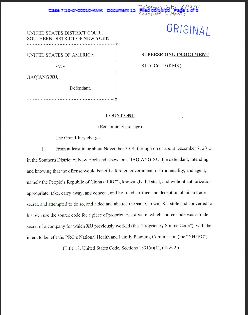Glenn Kessler of The Washington Post, reports in an article dated November 15, 2010, that new research indicates that the computer worm Stuxnet may have been specifically engineered to target and attack Iran's nuclear program, "potentially crippling centrifuges used to enrich uranium gas."
According to the Post, "a Stuxnet researcher at Symantec wrote that the software firm had concluded that the worm targeted industrial systems with high frequency converter drives from two specific vendors," one of which is Iranian. That researcher's blog entry of Symantec's findings can be found here.
Additional unrelated research of Stuxnet conducted by German-based security firm Langner Communications, has concluded that "another part of the worm's attack code was configured in a way to target a control system for steam turbines used in power plants, such as those installed at the Bushehr nuclear power plant in Iran."
Ivanka Barzashka, a research associate at the Federation of American Scientists, provided some context on what the Stuxnet findings may mean, if accurate.
"'Centrifuges are delicate pieces of equipment. There is a huge incentive for pushing the machines to operate at the maximum speed allowed by the materials they are made of. In addition, before they reach their maximum operating speeds, centrifuges have to traverse certain "critical frequencies" at which they encounter resonance and can fly apart. Rigging the speed control is a very clever way of causing the machines to fly apart. If Symantec's analysis is true, then Stuxnet likely aimed to destroy Iran's gas centrifuges, which could produce enriched uranium for both nuclear fuel and nuclear bombs.'"
Shortly following the discovery of Stuxnet, analysts concluded that it was likely the product of "a sophisticated entity, namely a government agency."
The full Washington Post article can be found above or here.







Leave a Reply